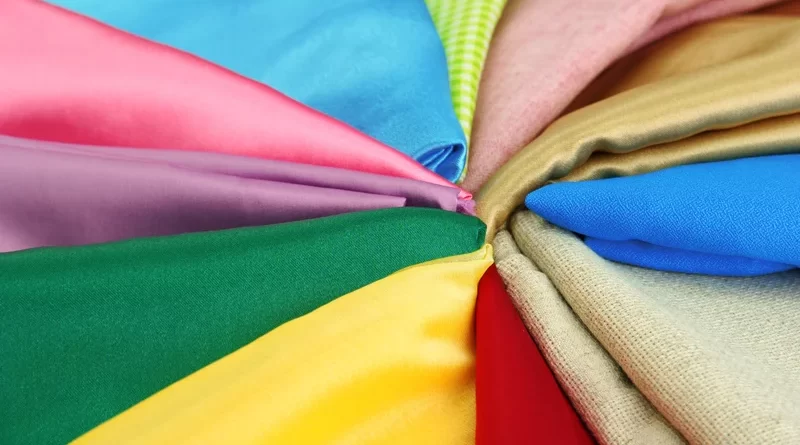Why Fabric Selection Matters in Embroidery Logo Digitizing?
Introduction:
Embroidery has long been revered as an art form that seamlessly blends craftsmanship with creativity. In the modern era, logo digitizing has revolutionized the embroidery industry, allowing for precise reproduction of designs with unmatched accuracy and efficiency. However, amidst the intricacies of digitizing lies a crucial yet often overlooked aspect: fabric selection. The choice of fabric plays a pivotal role in determining the success of an embroidered logo, influencing everything from stitch density to thread tension and overall durability. In this article, we explore why fabric selection matters in embroidery logo digitizing and how it can significantly impact the final outcome, ensuring that every embroidered logo achieves its full potential.
1. Impact on Stitch Density
The impact of fabric selection on stitch density cannot be overstated in logo digitizing. Each fabric type possesses unique characteristics that directly influence how stitches are placed and spaced during the embroidery process. For instance, dense fabrics like denim necessitate wider stitch spacing to avoid puckering, while lightweight materials such as chiffon may require tighter spacing to ensure adequate coverage without causing distortion. By understanding these dynamics, digitizers can adjust stitch density accordingly, ensuring the logo maintains its clarity and integrity on any fabric surface. The right stitch density not only enhances the visual appeal of the embroidered design but also ensures its longevity and durability, making fabric selection a crucial consideration in the digitization process.
2. Influence on Thread Tension
Thread tension plays a pivotal role in the art of embroidery, acting as the delicate balance between too loose and too tight, where the perfect equilibrium ensures impeccable stitch quality. This balance is particularly crucial when considering the influence of fabric selection on thread tension. Fabrics come in a myriad of textures, densities, and elasticity levels, each posing its own set of challenges when it comes to achieving optimal thread tension. For instance, stretchy knits demand a careful finesse to prevent excessive stretching or puckering, requiring digitizers to adjust tension settings with precision. Similarly, loosely woven fabrics present the risk of stitches sinking into the material or causing unsightly gaps if not properly tensioned. By understanding how different fabrics interact with thread tension, digitizers can tailor their approach to accommodate the unique characteristics of each material, ensuring that the embroidered logo maintains its integrity and appearance for years to come.
3. Durability and Longevity
Durability and longevity are paramount considerations in logo digitizing, especially concerning the fabric onto which the design will be embroidered. The choice of fabric significantly impacts the lifespan of the embroidered logo, as different materials have varying levels of resistance to wear and tear. Abrasive fabrics like canvas or nylon can subject the embroidered logo to increased friction and stress, potentially leading to premature fraying or unraveling of the stitches. Conversely, selecting a more resilient fabric, such as sturdy cotton or polyester blends, can ensure the logo maintains its integrity even after repeated washing or exposure to harsh environmental conditions. By prioritizing durability in fabric selection, digitizers can guarantee that the embroidered logo retains its quality and appearance for an extended period, maximizing its impact and value for the end user.
4. Aesthetic Considerations
Aesthetic considerations play a pivotal role in the digitizing process of logos, as they directly influence the visual impact and appeal of the final embroidered design. When selecting fabric for logo digitizing, it’s essential to consider how the material’s texture, color, and finish will interact with the embroidered stitches. Certain fabrics may enhance the logo’s aesthetic by adding depth and dimensionality to the design, while others may detract from its clarity or detail. Additionally, the color and sheen of the fabric can significantly affect the overall appearance of the embroidered logo, with lighter fabrics providing better contrast for darker thread colors and vice versa.
Moreover, the choice of fabric can influence the perceived quality and sophistication of the embroidered logo, with luxurious fabrics like silk or velvet lending an air of elegance and refinement to the design. By carefully considering these aesthetic factors during the digitizing process, embroiderers can ensure that the logo not only accurately represents the brand but also captivates viewers with its visual appeal and artistic craftsmanship.
Conclusion
In conclusion, fabric selection holds significant importance in the process of logo digitizing. It directly impacts stitch density, thread tension, durability, and the overall visual appeal of the embroidered design. By carefully considering the characteristics of different fabrics and their compatibility with embroidery techniques, digitizers can ensure that the final product meets high standards of quality and professionalism. Whether it’s choosing a fabric that enhances the logo’s texture and dimensionality or one that offers the right balance of durability and aesthetics, careful consideration at this stage can make a substantial difference in the outcome. Ultimately, by prioritizing fabric selection in logo digitizing, embroiderers can achieve superior results that leave a lasting impression on viewers.

